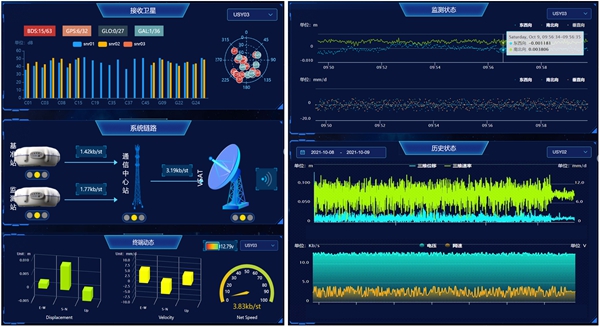Researchers from the National Time Service Center of the Chinese Academy of Sciences recently completed the dam deformation monitoring system.
It marked a substantial step taken by NTSC in the field of “One Belt One Road” international cooperation and international cooperation in disaster reduction and prevention between China and Tajikistan.
The system is leaded by the National Time Service Center of the Chinese Academy of Sciences, and participated by the Central Asia Ecological and Environmental Research Center of the Chinese Academy of Sciences, the National Academy of Sciences of Tajikistan, Committee for Emergency Situations and Civil Defense under the Government of the Republic of Tajikistan.
With 40 donkeys, 30 staff and 10 scientists successfully transported the detection equipment to the dam in 10 days. After several days of debugging, we received the BeiDou Signal from the beautiful Sarez Lake, said prof. TU Rui, researcher leader from the National Time Service Centre, The Chinese Academy of Science.
Sit in a very seismically active area, Sarez Lake is a barrier lake formed by the mountain collapse after a strong earthquake in 1911. The British media listed the possible collapse of Sarez Lake as one of the world's top ten potentially fatal natural disasters in 2007.
Using high-precision positioning and communication technology of BeiDou, this system realize a real-time monitoring of dam in millimeter level.
To deal with the harsh environment of Sarez Lake, the research team resolved key technical problems such as low-power, light-weight portable BeiDou monitoring terminal technology, ultra long-time continuous and stable photovoltaic power supply technology, local and wide area joint stable communication technology, BeiDou real-time millimeter level reliable positioning technology and monitoring system integrity monitoring and prevention and control technology in complex environment and climate.

State Monitor System(Image by NTSC)
CONTACT:
XIONG Tiantian
National Time Service Center
gjhz@ntsc.ac.cn
 Print
Print